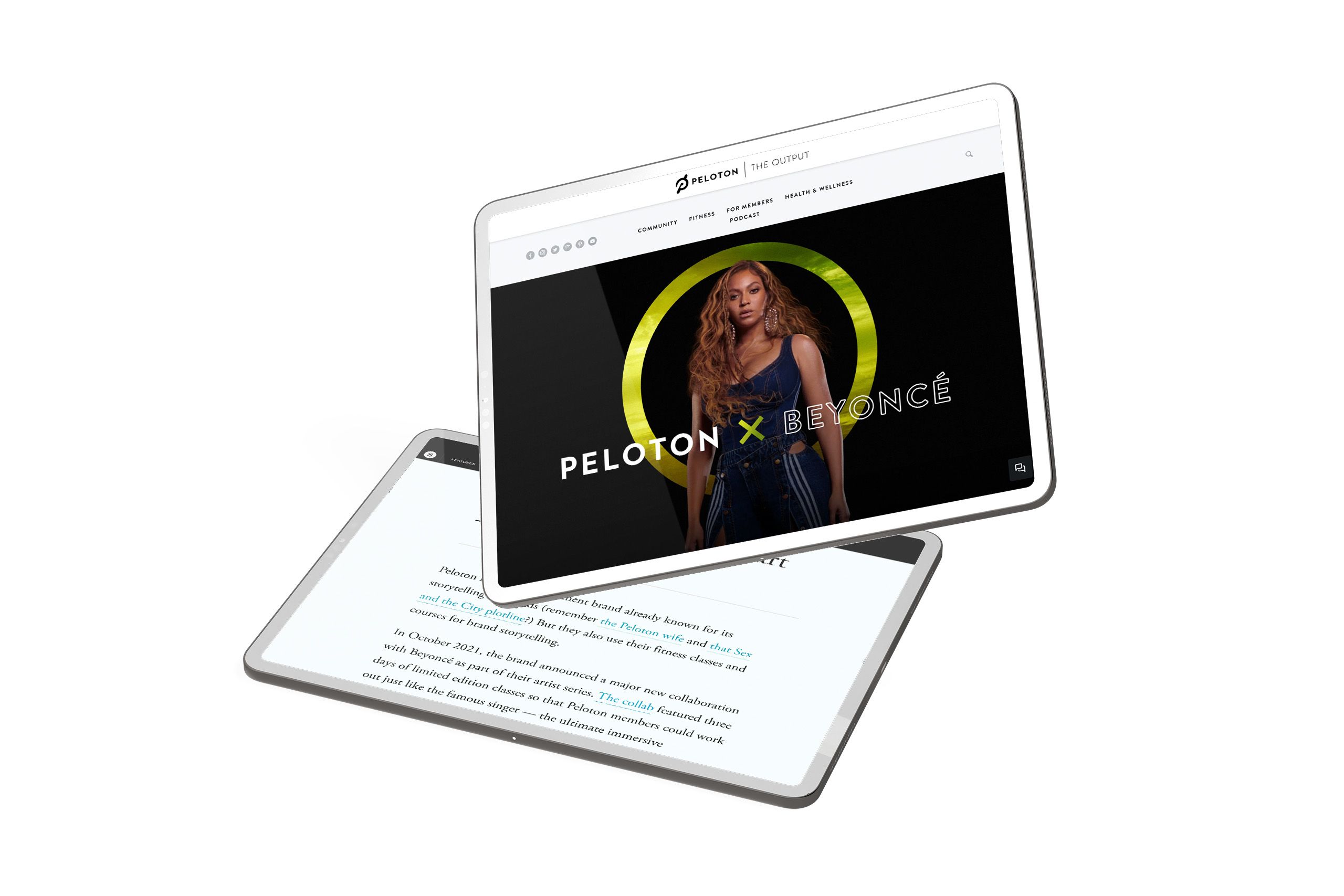5 stunning examples of sponsored content to inspire your next campaign
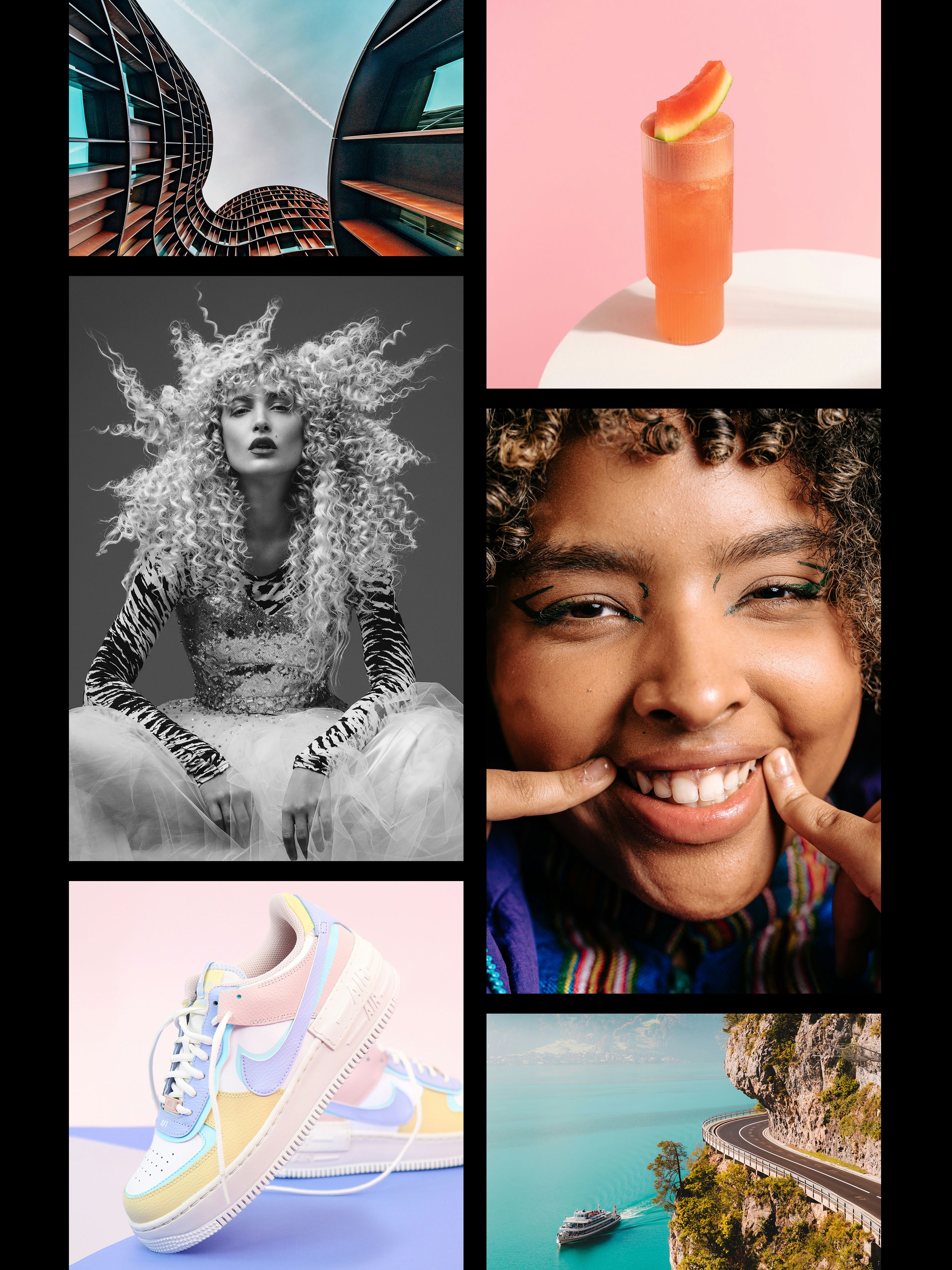
As a form of advertising, sponsored content has been a core marketing strategy for a long time. But with the steady decline in attention paid to other forms of paid advertising — such as banner ads, display ads, pop-ups, and even search ads — it has become even more prominent.
Between the growth of shopping habits across social media, the explosion of podcasts, and developments in marketing attribution technology, there’s never been a better time to find great content your brand, or small business, can sponsor.
You all know the sponsored listicles in Buzzfeed articles or promoted Snapchats, so in this guide we’re going to run through some less well-known — and much easier to replicate — examples.
We'll cover:
Start creating with Shorthand
It's the fastest way to publish beautifully engaging sponsored content, reports, and more.
What is sponsored content?
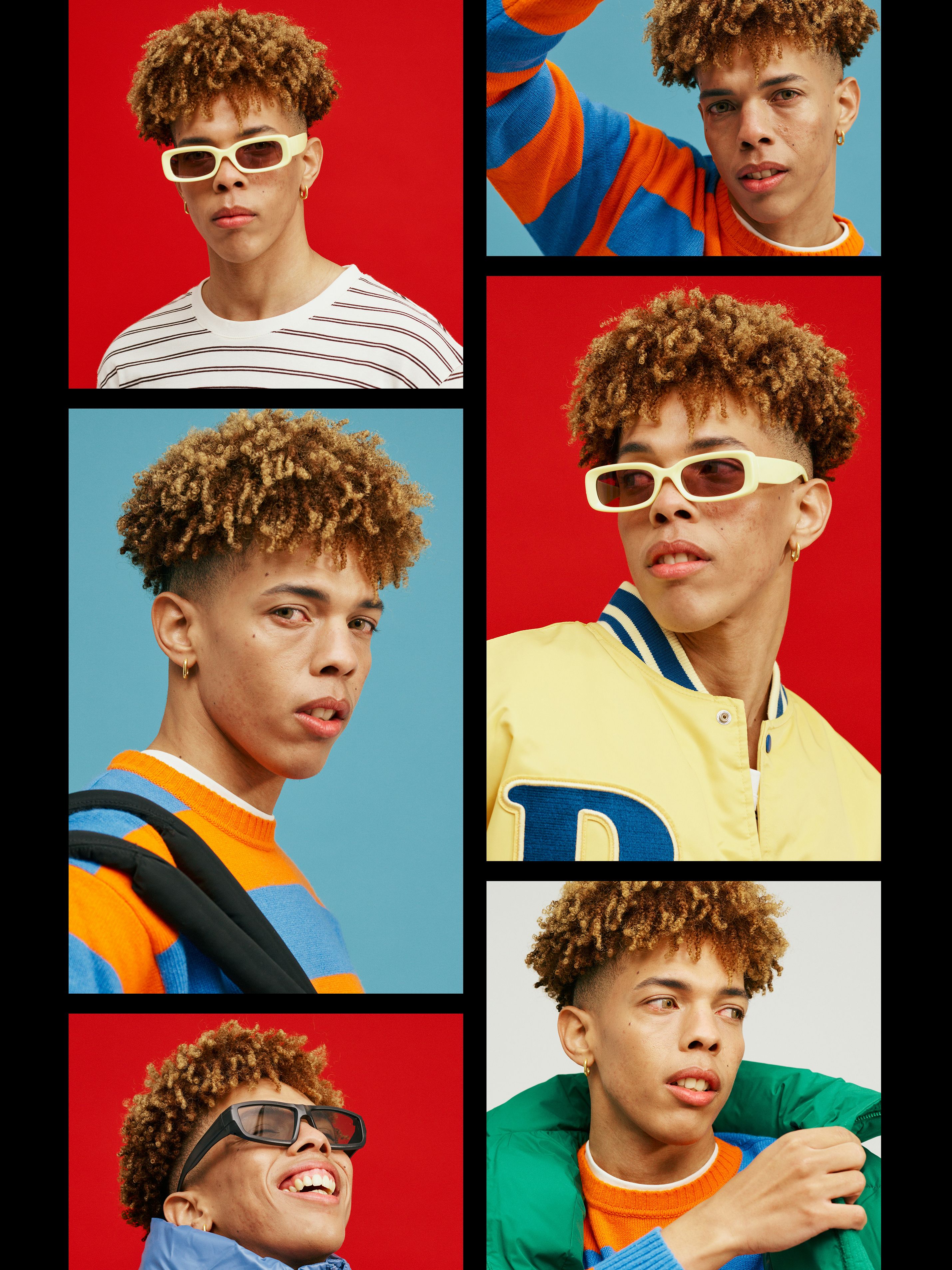
In the broadest sense, sponsored content is pretty self-explanatory: it refers to any content sponsored by a brand, and can come in a variety of digital marketing formats — video, podcasts, social media posts, blog articles — you name it, it can be sponsored.
Sponsored content allows brands to build trust with an existing audience, without a piece of content necessarily appearing as an ad.
But for marketers and communications professionals today, the term 'sponsored content' is a little more specific. Here’s how HubSpot defines it: “Sponsored content is a type of promotional media that’s paid for by an advertiser, but created and shared by another brand, influencer, or publisher.”
It falls under the umbrella of branded content marketing and is a key piece of how brands and marketers tell stories that help them connect with customers.
The actual content can range from highly-specific product or brand information to any topic of interest to the brand’s target audience. For example: a curly hair care brand might sponsor an influencer’s TikTok video showing how to use one of their products, while a marketing automation software company may sponsor a podcast their audience listens to about data.
That first example is influencer marketing (via a sponsored social media post) — it’s one of the most top-of-mind types of sponsored content today. When you see a '#sponsored' hashtag on an Instagram post, or any other social media platform, for example, that’s sponsored content.
What are the different
types of sponsored content?
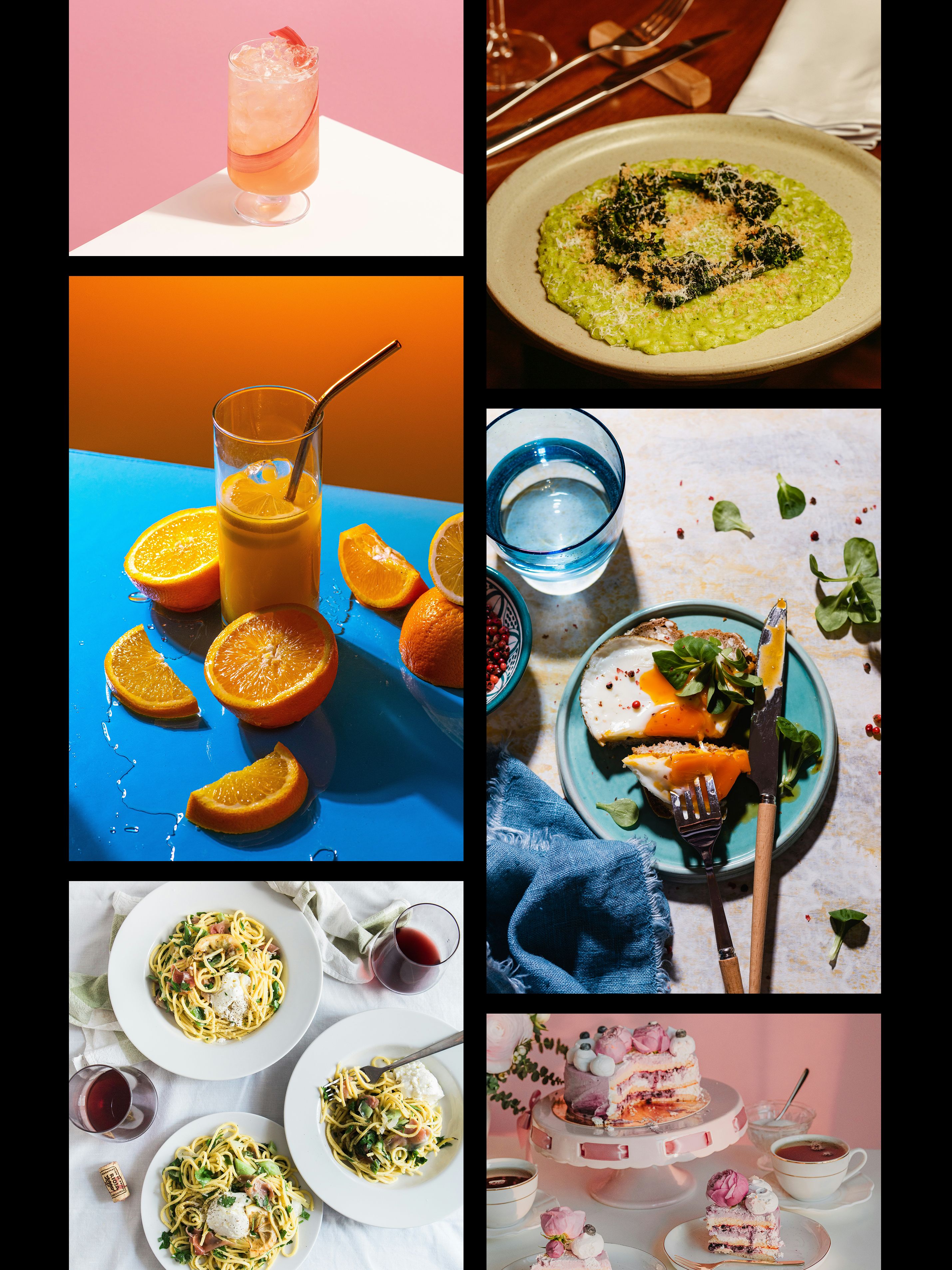
There are four types of content people typically sponsor:
- social media posts, primarily in-feed ads
- sponsored videos, including YouTube videos
- podcasts, and
- articles and posts from bloggers.
What’s the difference between sponsored content and native advertising?

There’s a lot of confusion around sponsored content versus types of native advertising and the difference between the two. Both include content that’s paid for by the brand, lives on someone else’s website — be it social media, industry publications, editorial content, or somewhere else — and is built to blend in with other content found there.
The key difference comes down to who creates the content.
Native ads are typically created by the brand itself, then placed on another webpage. Paid guest blog posts and promoted tweets are examples of native ads.
Sponsored content is paid for by the brand, but created and published by third-party content creators.
The benefits of sponsored content
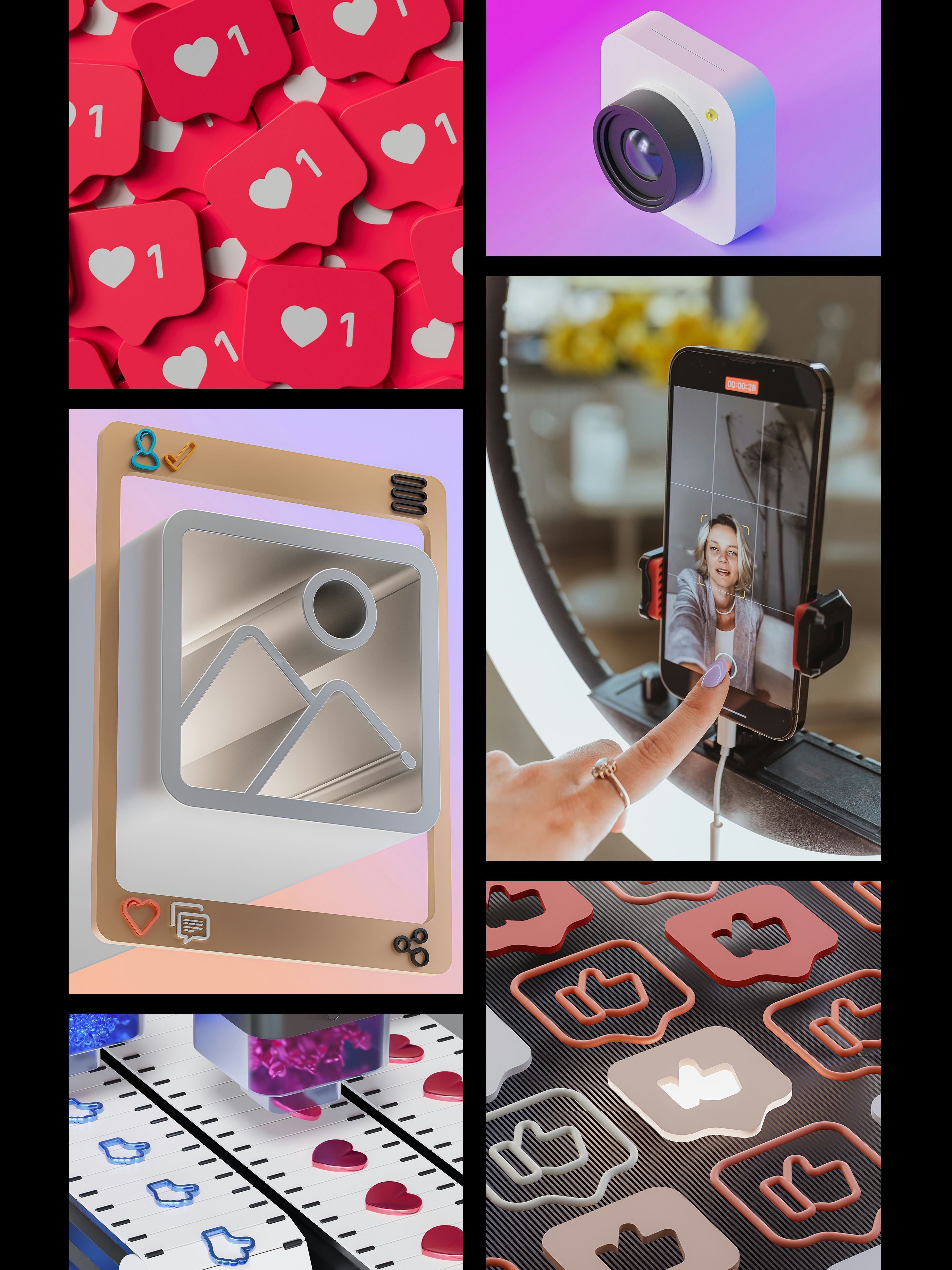
According to Parse.ly’s 2022 Content Matters report, 48% of the organisations that responded use sponsored content to drive revenue in 2022. And 12% of brands surveyed say it’s their most effective revenue driver — the third highest content channel reported.
That’s largely because sponsored content is more effective than traditional advertising. It tends to yield higher engagement, click-through rate (CTR), brand awareness, and conversions while bringing in high-quality customers.
Beyond revenue potential, there are other benefits of sponsored content, too. Sponsored content:
- allows you to tap into another brand or individual’s audience, lending at least some of their authority and trust to your brand
- adds scalability to your content strategy since your team isn’t doing the actual content creation
- opens up new opportunities for brand storytelling, and
- sidesteps the issue of ad blockers.
5 stunning examples of sponsored content using Shorthand

The sky’s the limit when it comes to sponsored content, but here are 5 of our favourite examples built using Shorthand. Inspiration ahead!
1. Adweek sponsored by Smartsheet
Software company Smartsheet sponsored this tactical how-to for modern marketers, published in Adweek.
- Visually, the content is compelling and dynamic, which reflects the Smartsheet product.
- The written content establishes a clear need for Smartsheet, without running into a hard-sell narrative.
- The link at the end gives a bit of context about who Smartsheet is and what marketers can do with the tool — all before readers have to click.
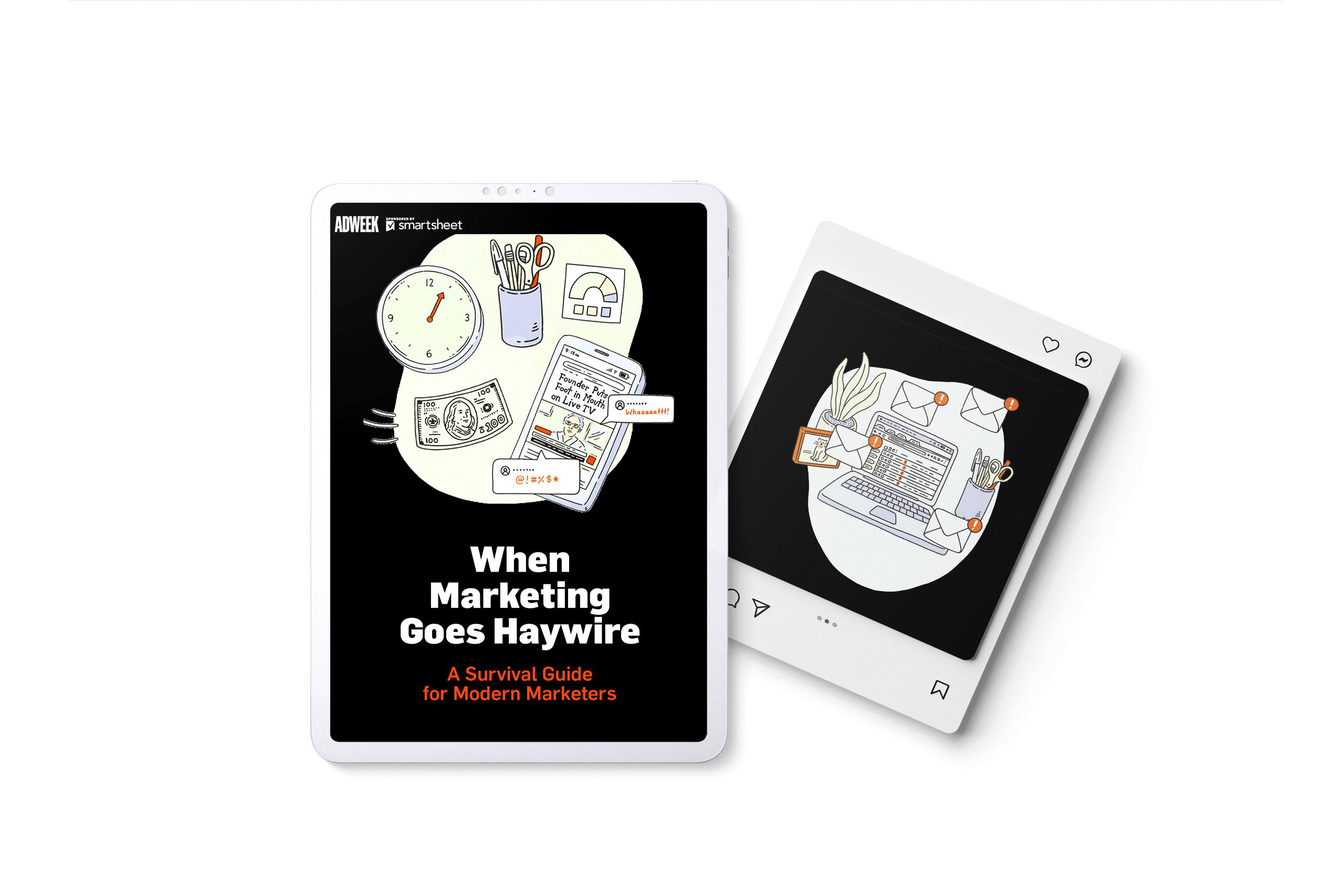
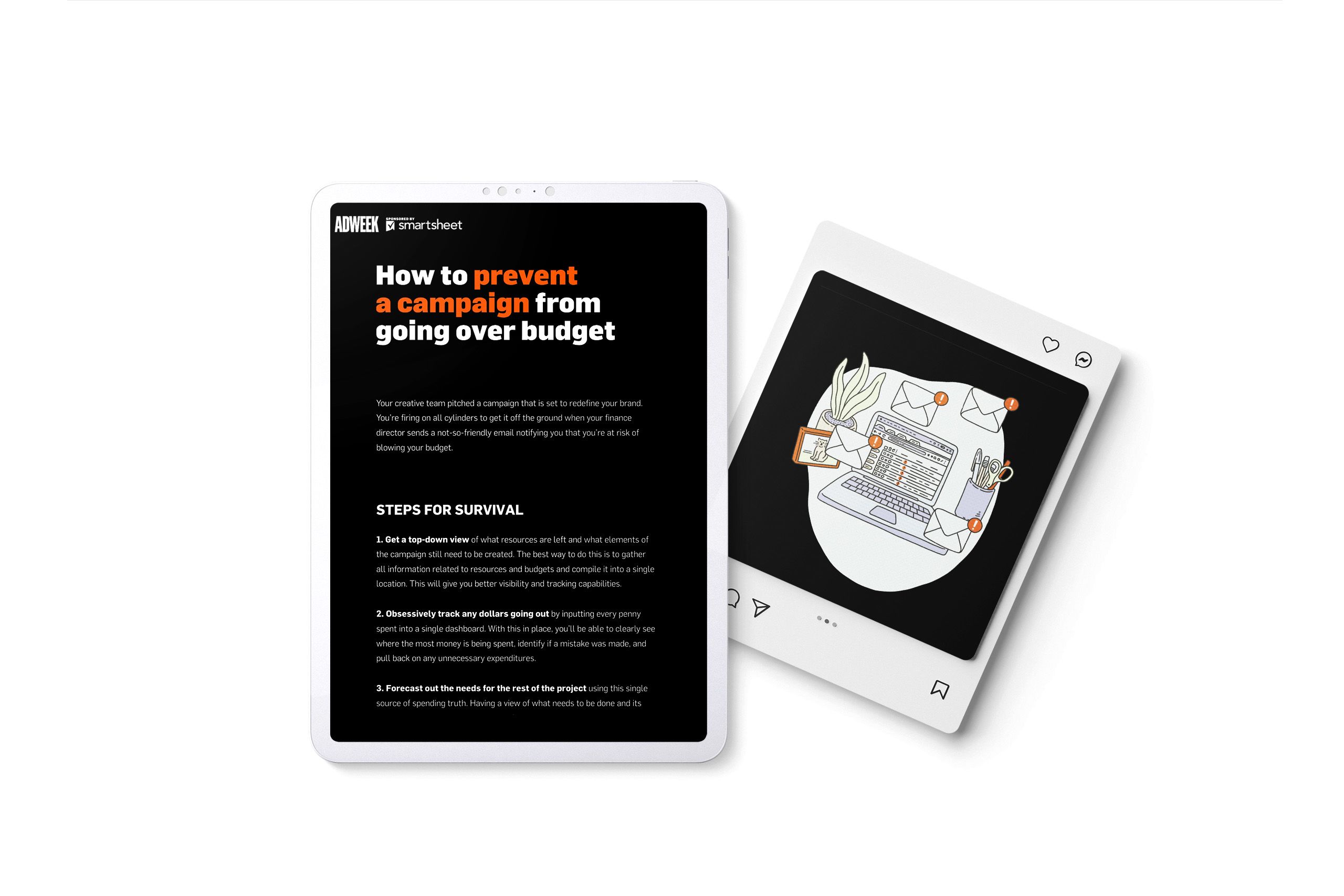
2. Devex sponsored by Smile Train
Nonprofit Smile Train sponsored this immersive story published in Devex’s Building Back Health series.
- There’s clear alignment between the Building Back Health Series and Smile Train’s mission.
- The story itself draws heavily on compelling visuals.
- The link to Smile Train’s website is a clear next step for anyone interested in reading this story.
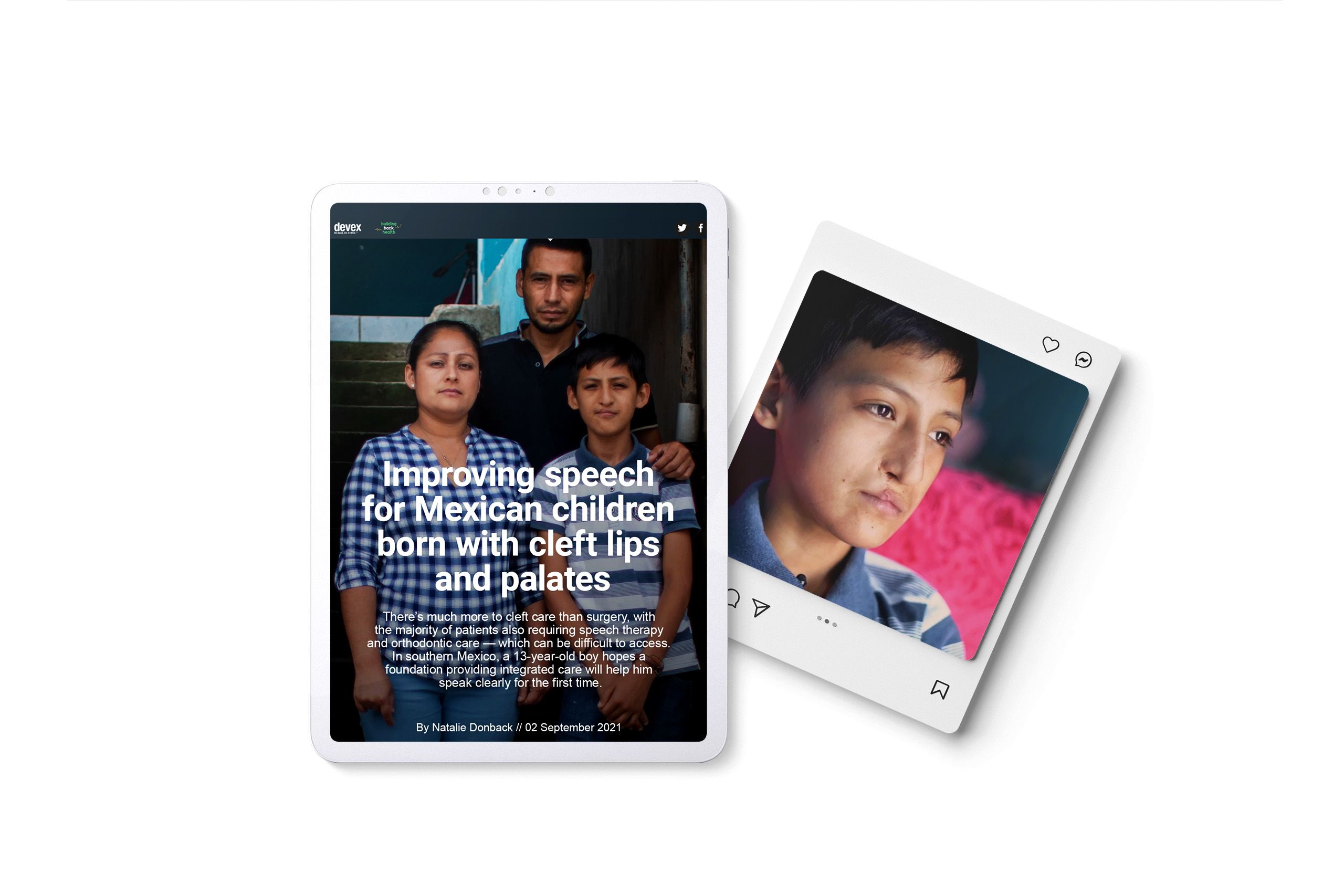
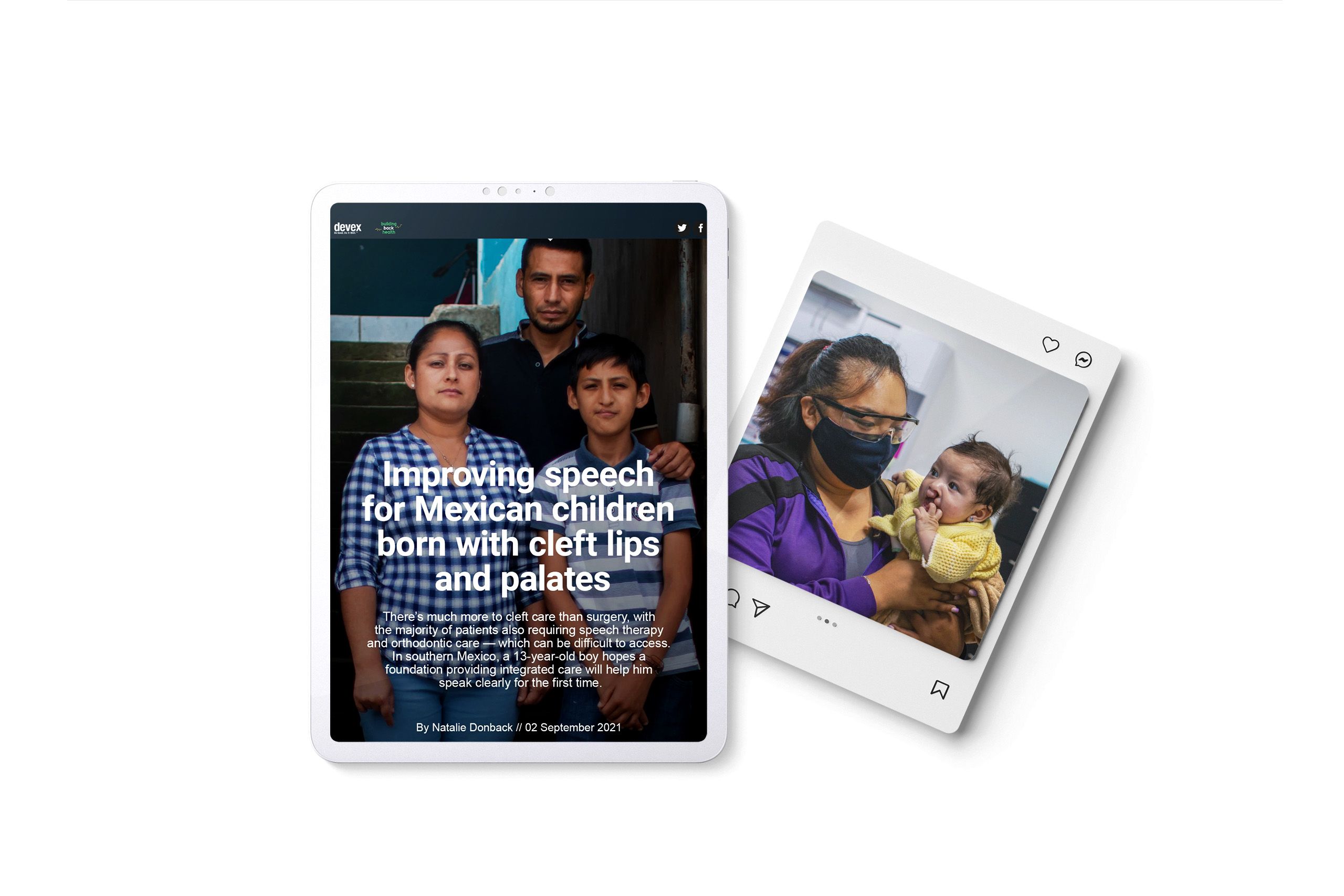
3. Refinery29 sponsored by Macy’s
Macy’s sponsored this lighthearted Refinery29 article on 4 reasons to become a dress gal this summer.
- The lighthearted tone and visual style suit both the usual style of Refinery29 articles and the subject at hand.
- The more heavy-handed selling takes advantage of the buying potential and audience intent for this kind of content.
- With shoppers in mind, the content lets product imagery lead the way.
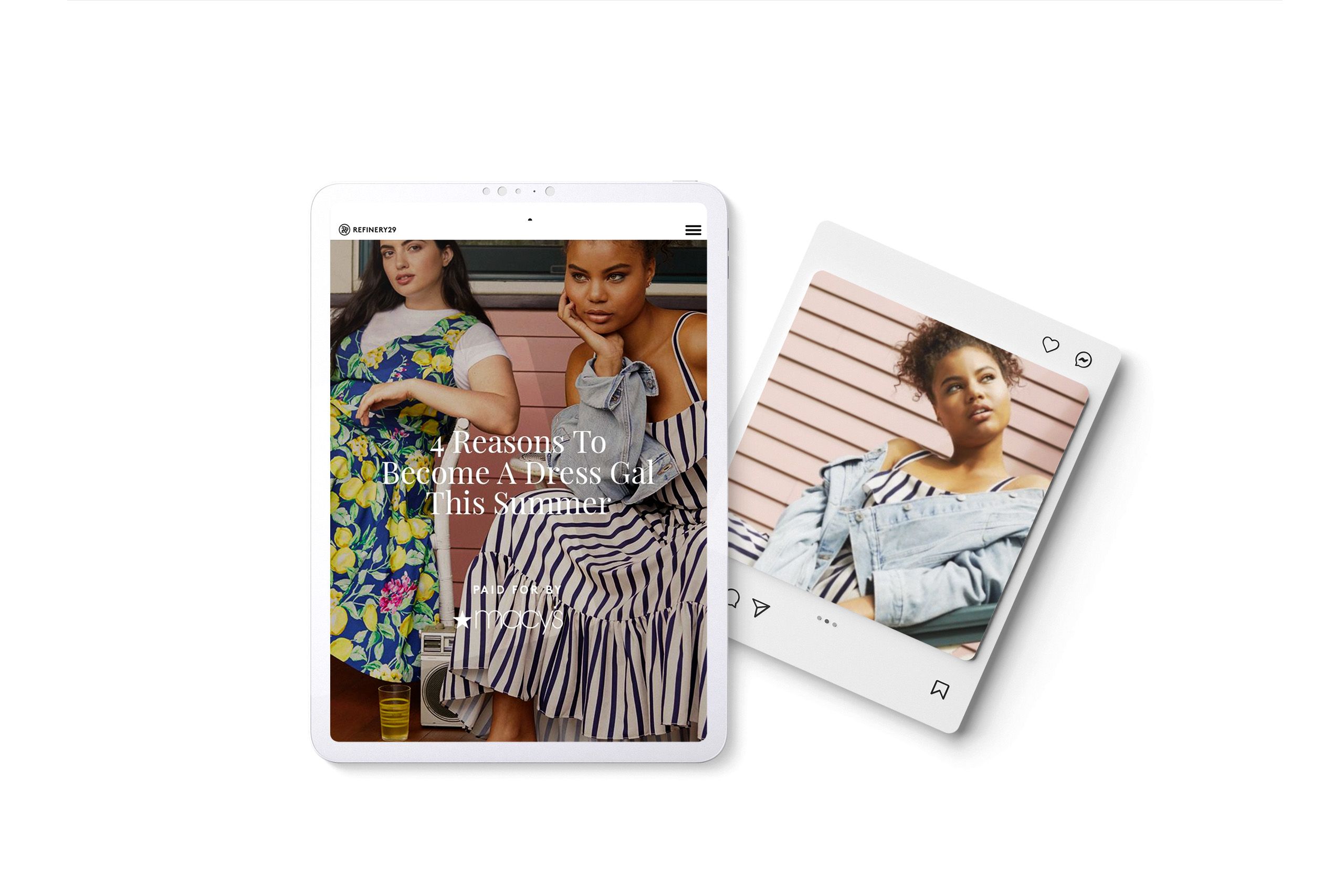
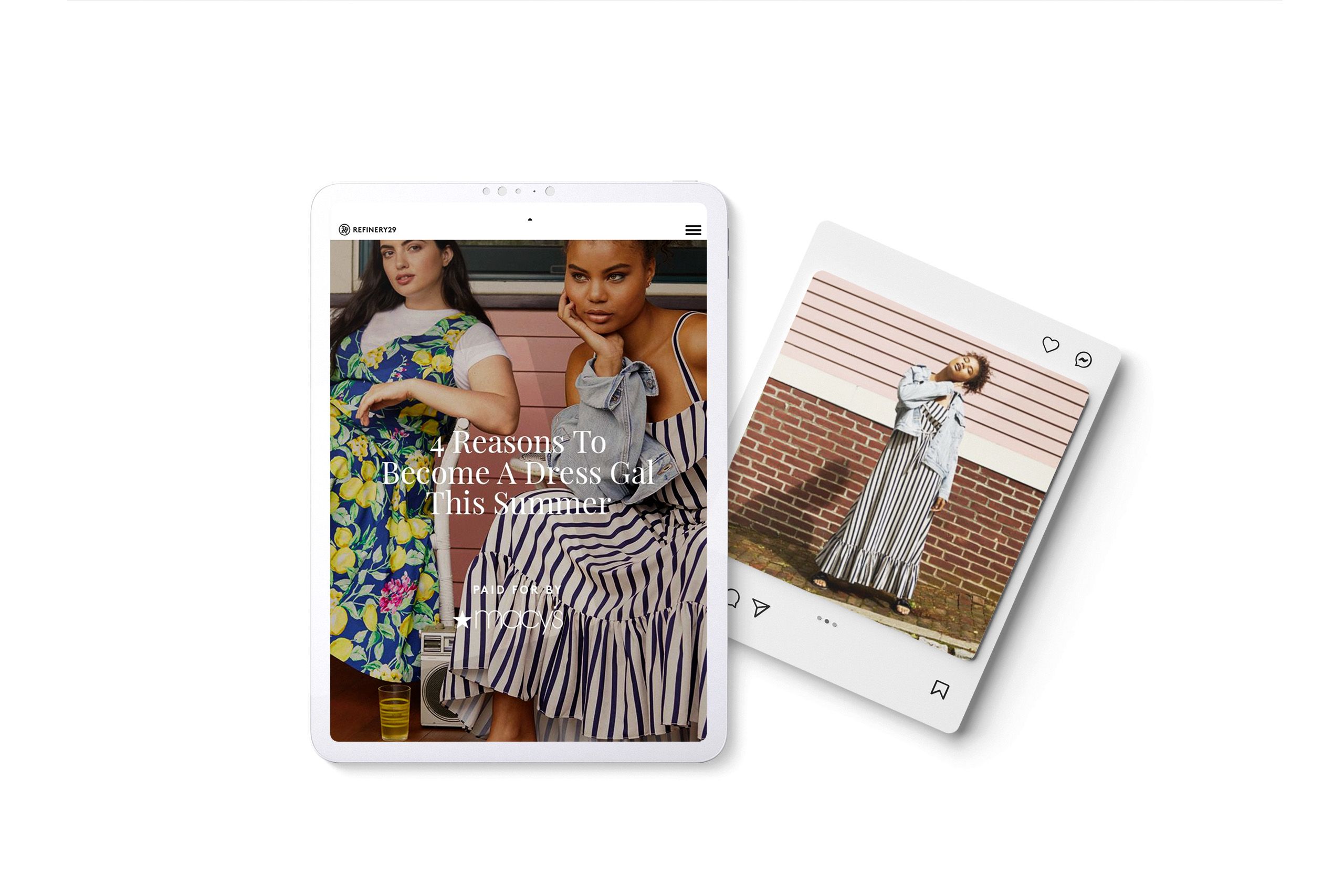
4. Campaign sponsored by Xandr
Ad tech platform Xandr partnered up with Campaign to publish this in-depth roadmap for marketers and advertisers preparing to navigate a post-cookie world.
- The article draws heavily on the expertise and quotes of the Xandr team, helping to build authority for the brand.
- The design is visually dynamic and engaging.
- The text is well-written and, crucially, doesn’t outright pitch Xandr’s product.
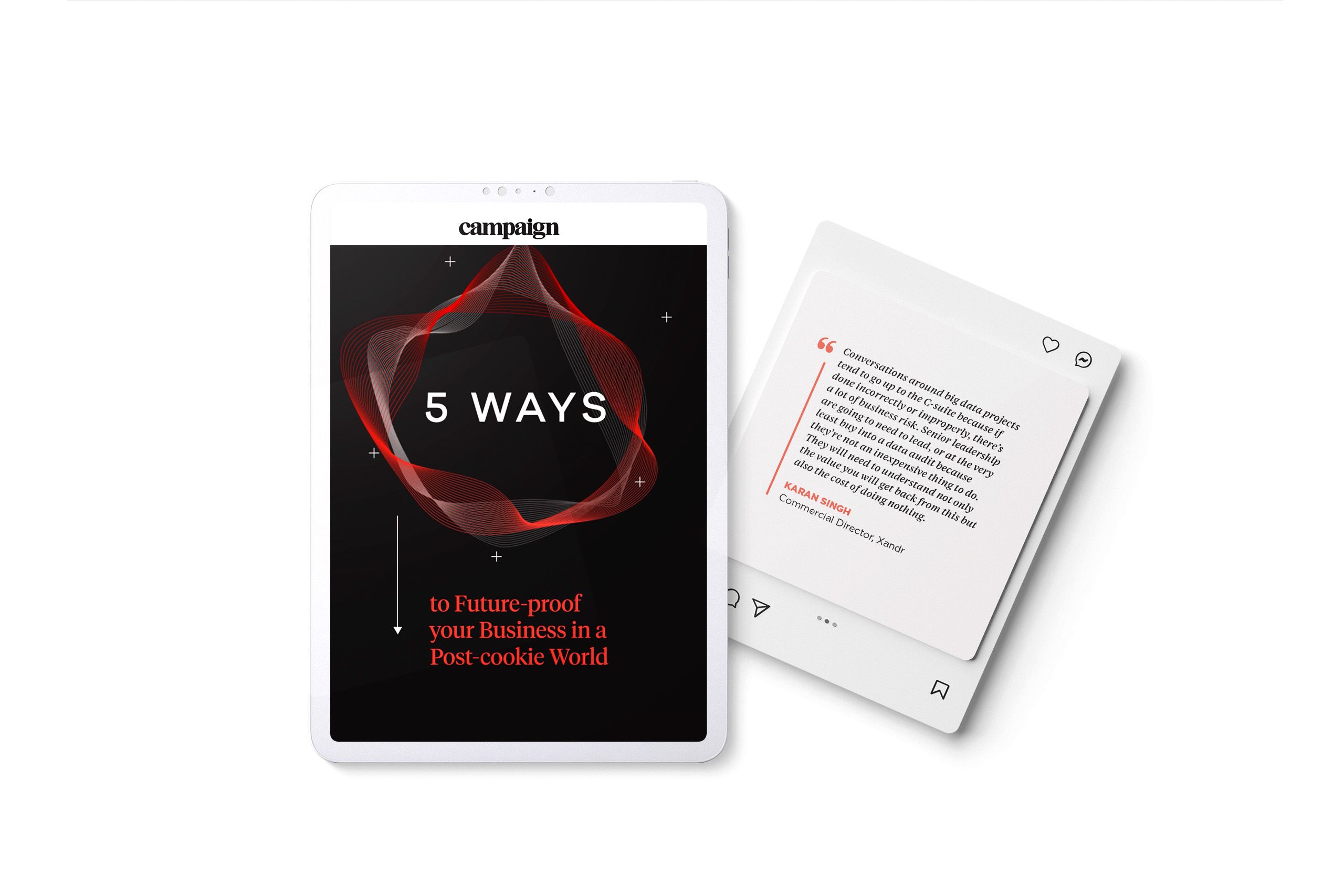
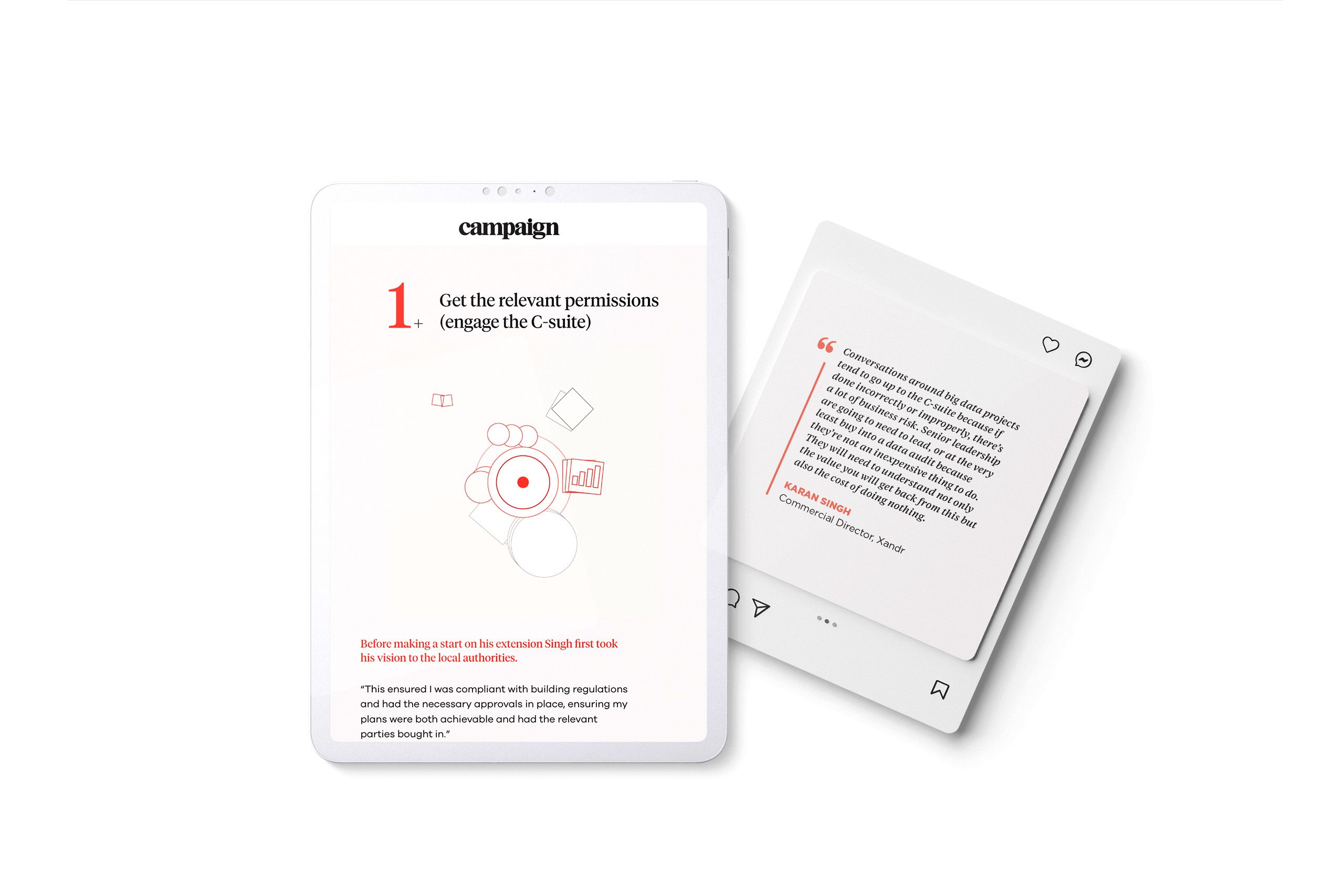
5. Scientific American sponsored by Takeda Pharmaceuticals
Takeda Pharmaceuticals sponsored this in-depth data story on the impact of discrimination and inequality on cardiovascular health.
- Takeda Pharmaceuticals covers the costs associated with putting this piece together, but Scientific American retains complete editorial control.
- In that way, the sponsorship allows the publication more resources to create the article, while offering the sponsor access to the publication’s wealth of experience telling stories that resonate with their mutual audience.
- Partnering with a trusted brand like Scientific American helps lend a level of authority to Takeda, too.
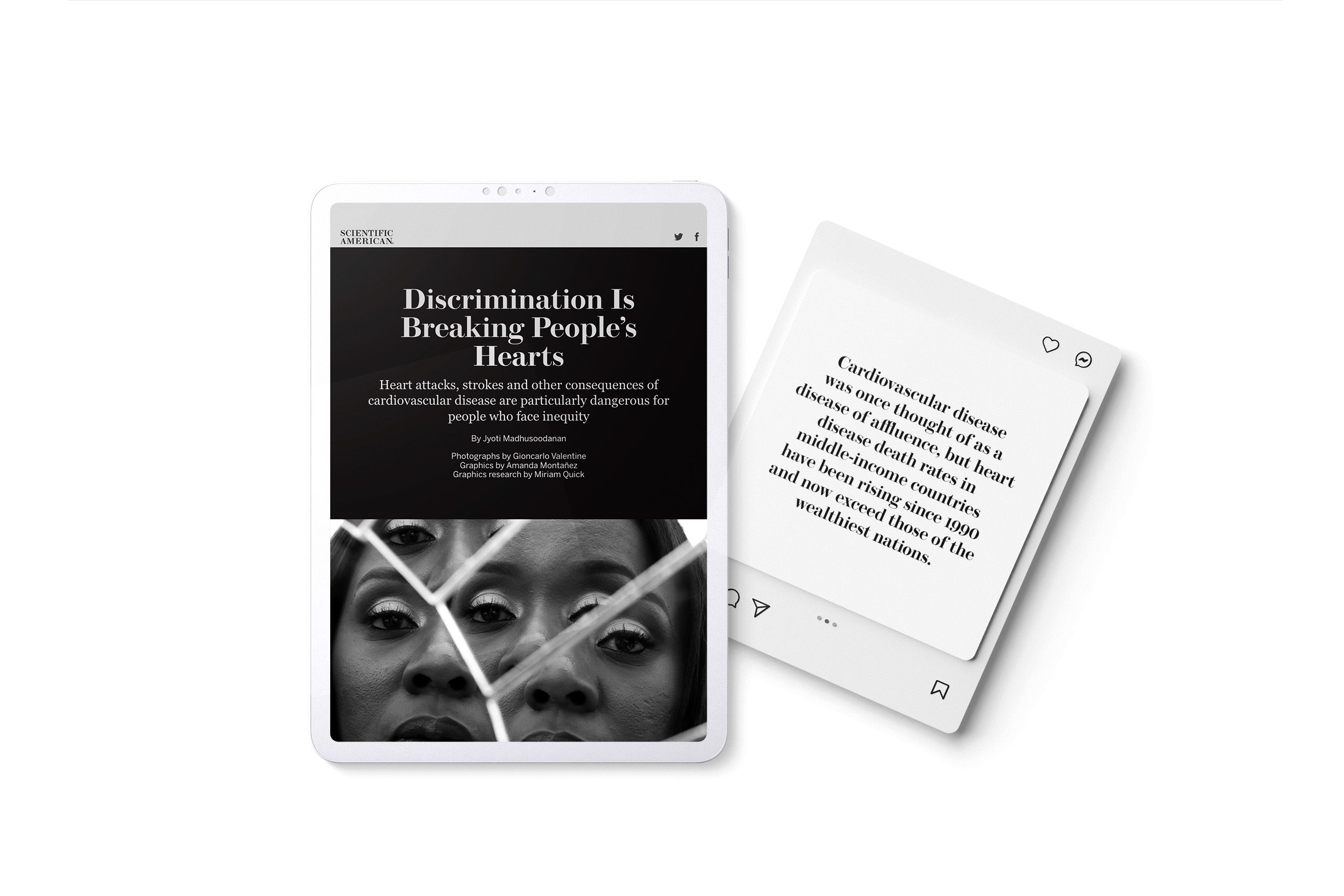
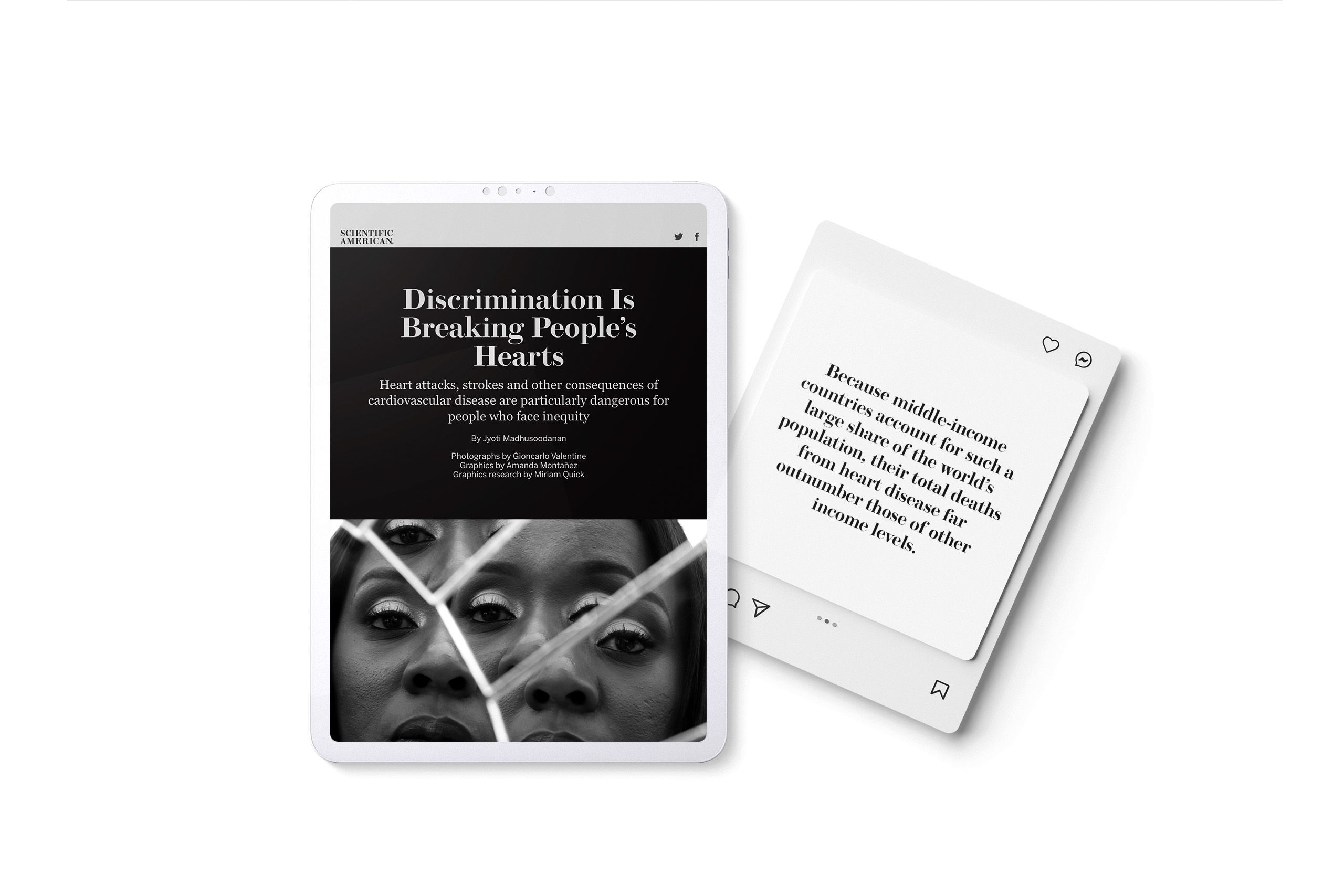
Tips for creating great sponsored content

If you’re ready to experiment with sponsored content for your own organisation, we have the tips and inspiration you need to get started. First, let’s start with our top seven tips for running an effective sponsored content campaign.
Tip 1. Know your target customers and where to find them
A thorough understanding of your audience and where they spend time online is the crucial foundation when it comes to sponsored content. You need to know who they are, what type of media they prefer, which podcasts they subscribe to, the influencers they trust, topics they’re interested in, and more.
Knowing your audience is the only way to successfully stick to tip 3. If your customers prefer podcasts to industry blogs, for example, that can help narrow down your list of potential partners.
Tip 2. Have a clear strategy for your sponsored content
As we mentioned, sponsored content is actually created by your partner — not your brand. Still, it’s important to have a set content strategy for the campaign, and a clear editorial approach for your target audience.
For example, depending on your brand and what you’re selling, you may want to keep content light and entertaining or make it educational. The key, though, is to avoid a hard-sell approach.
Having this strategy planned out in advance helps immensely with the next two tips.
Tip 3. Pick a partner that aligns with your brand and audience
Choosing a brand, publication, influencer, or other creator to work with for your sponsored content is the single most important step — for a number of reasons:
- your success depends on the right alignment with their audience
- they’ll create the actual content, and you don’t want to pay for poor quality, and
- the content needs to reflect your mission and brand narrative.
Without a solid foundation from tip 1, you may end up spending money on sponsored content your ideal customers may never see. Worse, you could end up paying for low quality content that doesn’t live up to your company’s standards.
Tip 4. Over-communicate and set expectations with your partner
This one is simple to do, but just as easy to let fall by the wayside. When you work with third-party partners like publications, creators, other brands, or influencers, setting expectations is absolutely key.
Over-communicating on those expectations ensures:
- any deadlines are understood and followed
- the content creator clearly understands your goals
- they have all the information and resources they need to build great content (UTM links, for example, or logo files)
- you spend less time reviewing and reworking the content, and
- both sides are happy with the partnership and the content that results.
Tip 5. Review sponsored content before it’s published
No matter how much strategising and communication goes on beforehand, it’s always important to review sponsored content before it gets published anywhere. Best case scenario: it’s perfect and you don’t have to ask for any changes.
But, as we said, this content will represent your company to the new audience, so it needs to reflect your overall mission, brand story, and narrative. Particularly in the beginning of a sponsorship (or a one-off engagement), it’s key to ensure the content created does just that.
Tip 6. Understand and follow regulatory requirements
Sponsored content should be designed to flow with the content around it, but it shouldn’t seek to be misleading about the fact that it’s sponsored — people should know that they’re looking at an ad in their newsfeed.
Different countries and other localities have their own laws and regulatory requirements for how creators denote sponsored content and ads from the rest of their content. In the United States, sponsored content is regulated by the Federal Trade Commission. The FTC published guidelines for native advertising that are well worth reading.
Your partner should be aware of the rules where they post, but it’s also a good idea to ensure you’re up to date, too.
Tip 7. Be creative, make it visual, and try out new ideas
Your sponsored content is a great place to get creative and experiment with new ideas that wouldn’t be possible with traditional ads. If you approach the arrangement as a partnership, there’s a ton of room for give and take and mutual inspiration between your company and your partner.
There’s one thing we recommend testing out for yourself: visual storytelling. Here at Shorthand, we’ve seen visual content optimize results such as better engagement, higher time on page and CTR, and improved recall.
Whether you’re commissioning sponsored articles, a LinkedIn post, infographics, video content, or a piece of thought leadership, a visual component takes content to the next level.


